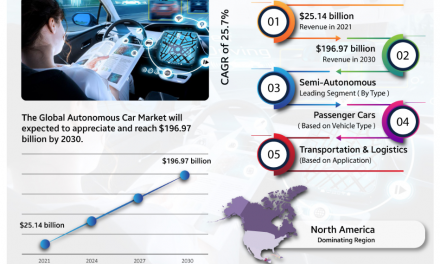In the ever-evolving landscape of the insurance industry, a disruptive force has emerged, reshaping the way insurance is conceptualized, distributed, and managed. Decentralized Insurance, often referred to as DeFi Insurance, has gained significant traction and is poised to revolutionize the traditional insurance model. With a projected global market value of $135.6 billion by 2032 at an impressive CAGR of 58.5%, according to Allied Market Research1, the decentralized insurance market presents a compelling opportunity for insurers and consumers alike.
Understanding Decentralized Insurance
What is Decentralized Insurance?
Decentralized Insurance, as the name suggests, operates on a decentralized platform, leveraging blockchain technology and smart contracts to provide an alternative insurance framework. Unlike traditional insurance, which relies on centralized intermediaries such as insurers and brokers, decentralized insurance platforms facilitate peer-to-peer transactions, eliminating the need for intermediaries and reducing operational inefficiencies.
Key Features and Benefits
- Transparency: Decentralized insurance platforms leverage the transparent nature of blockchain technology to provide unparalleled transparency in policy terms, claims processing, and premium calculations. This transparency fosters trust between policyholders and insurers, enhancing the overall customer experience.
- Cost Efficiency: By eliminating intermediaries and streamlining administrative processes, decentralized insurance platforms significantly reduce operational costs. These cost savings are passed on to policyholders in the form of lower premiums and higher coverage.
- Flexibility and Customization: Decentralized insurance allows for flexible and customizable insurance solutions. Smart contracts enable the creation of dynamic policies tailored to the specific needs of policyholders, ensuring comprehensive coverage without unnecessary overlap.
- Enhanced Security: Blockchain technology, with its immutable and tamper-proof nature, provides enhanced security and data integrity. Policyholder information, claims data, and transactions are stored on the blockchain, mitigating the risk of data breaches and fraud.
The Growth Potential of Decentralized Insurance
Market Size and Projection
According to Allied Market Research, the decentralized insurance market is projected to reach a staggering value of $135.6 billion globally by 2032, exhibiting a remarkable CAGR of 58.5%1. This exponential growth can be attributed to several key factors:
Increased Adoption of Blockchain Technology: The rising adoption of blockchain technology across industries paves the way for decentralized insurance platforms. As more businesses and individuals embrace blockchain, the foundation for decentralized insurance becomes stronger, driving its growth.
Advancements in Smart Contract Technology: Smart contracts, the building blocks of decentralized insurance, are becoming increasingly sophisticated and secure. Advancements in smart contract technology enhance the efficiency, reliability, and automation of insurance processes, attracting more participants to decentralized insurance platforms.
Demand for Trust and Transparency: Traditional insurance models have often faced criticism for their lack of transparency and trust. Decentralized insurance addresses these concerns by providing transparent and auditable policy terms, claims handling, and premium calculations, meeting the growing demand for trust and accountability in the insurance industry.
Global Financial Inclusion: Decentralized insurance has the potential to bridge the insurance gap, particularly in underserved regions with limited access to traditional insurance products. By leveraging blockchain technology, decentralized insurance can reach a wider audience, providing financial protection to previously uninsured or underinsured populations.
Regulatory Landscape and Challenges
While decentralized insurance offers significant potential, it also faces regulatory challenges and uncertainties. The regulatory landscape surrounding decentralized finance (DeFi) and insurance is still evolving, as regulators strive to strike a balance between fostering innovation and protecting consumer interests. Achieving regulatory compliance and addressing concerns related to anti-money laundering (AML) and know-your-customer (KYC) requirements will be crucial for the sustainable growth of decentralized insurance.
Conclusion
The decentralized insurance market is poised for substantial growth and disruption within the insurance industry. By leveraging blockchain technology and smart contracts, decentralized insurance platforms offer transparency, cost efficiency, flexibility, and enhanced security. With a projected market value of $135.6 billion by 2032 at an impressive CAGR of 58.5%, decentralized insurance presents a compelling opportunity for insurers, consumers, and the global insurance ecosystem.
As the industry continues to mature and regulatory frameworks adapt to the rise of decentralized finance, embracing the potential of decentralized insurance can lead to innovation, financial inclusion, and a more customer-centric approach to insurance. It is an exciting time for the insurance industry, and staying at the forefront of this transformative shift can position insurers for long-term success.





